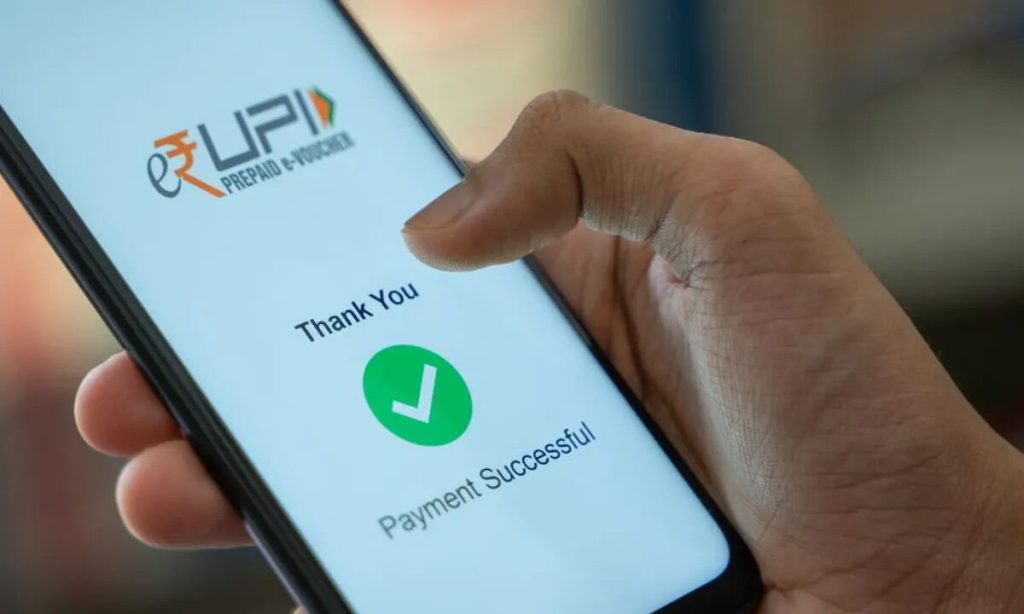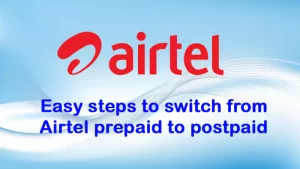Here Are All the Details About UPI Transactions and Their Limits

In today’s digitised era, where convenience is the name of the game, financial transactions have evolved tremendously. Gone are the days of lengthy queues and cumbersome processes to transfer money or make payments. Enter Unified Payments Interface (UPI) – a real-time payment system that has revolutionised the digital payment landscape in India. In this article, we shall dive deep into the nitty-gritty of UPI transactions, their limits, and how users can potentially increase them.
Introduction to UPI and Its Significance
Unified Payments Interface, commonly referred to as UPI, is a system that powers multiple bank accounts into a single mobile application. This facilitates seamless routing of money and merchant payments in one go. UPI has been a game-changer, eliminating the need for wallet apps or even standalone prepaid recharge apps, as most UPI platforms today integrate such services.
Understanding UPI Transaction Limits
When UPI was introduced, it came with certain transaction limits to ensure security and mitigate potential risks. Here’s a snapshot:
- Per Transaction Limit: As per the guidelines set by the National Payments Corporation of India (NPCI), a single UPI transaction is capped at ₹1 lakh (around £1,000, though the conversion rate may vary). This means you cannot send more than this amount in one go using UPI.
- Daily Limit: While the per transaction limit is ₹1 lakh, banks might have their daily transaction cap. For most banks, this hovers around the same amount, but some may allow more transactions as long as the total amount doesn’t exceed ₹1 lakh.
- Number of Transactions: There is also a cap on the number of UPI transactions one can conduct in a day. Typically, this limit is set at 10 transactions per day, but it might vary slightly from one bank to another.
Prepaid Recharge App and UPI: A Convenient Combo
With the rise of UPI, many standalone prepaid recharge apps have integrated UPI as a primary mode of payment. This combination offers users a two-pronged advantage:
- Seamless Transactions: UPI’s instant transfer system ensures that recharges are processed immediately, enhancing user experience.
- Safety and Security: UPI’s two-factor authentication process, combined with the secure protocols of prepaid recharge apps, makes for a highly secure transaction environment.
How to Increase UPI Limit?
If you looking at how to increase UPI limit, there’s a bit of a problem. The UPI limits are set by the NPCI and are uniform across all banks. However, here are a couple of workarounds:
- Multiple Bank Accounts: One of the ways to effectively bypass the transaction limit is by having multiple bank accounts linked to your UPI app. Each account will have its transaction limit, thus allowing a larger total transactional amount.
- Use Other Digital Transaction Methods: If you’re frequently hitting your UPI transaction limit, it might be worth exploring other digital payment methods. Most banks offer a higher limit for NEFT, RTGS, or IMPS transfers.
In Conclusion
UPI, with its convenience and speed, has swiftly become the preferred payment method for many. Whether you’re using it within a prepaid recharge app or for transferring large sums, it’s essential to be aware of its transaction limits. While currently, there’s no straightforward method on how to increase the UPI limit, by intelligently managing multiple bank accounts and diversifying payment methods, you can seamlessly navigate financial transactions. Embrace the digital future, but always stay informed!
Table of Contents







